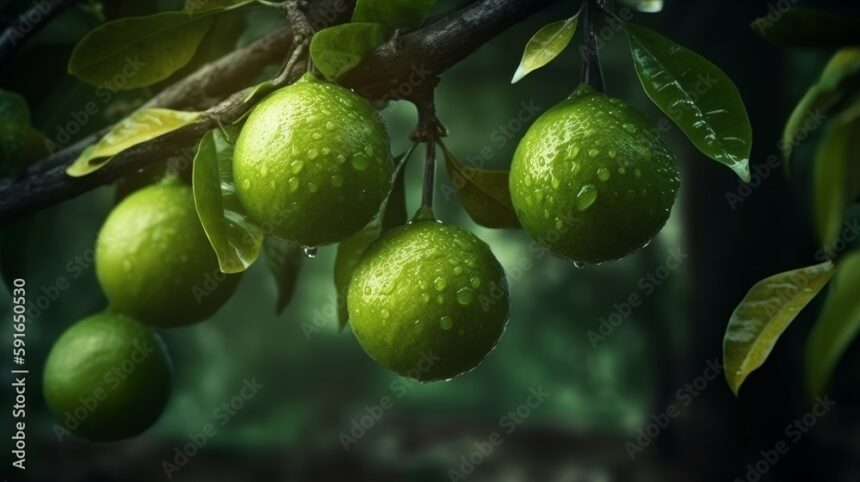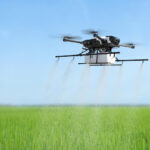When growing lime in South Africa, there are several infections and diseases that you should watch out for to ensure the health and productivity of your lime trees. Here are some common ones:
- Citrus Canker:
Citrus canker is a bacterial disease that causes raised corky lesions on the leaves, stems, and fruit of citrus trees, including limes. It can lead to defoliation, fruit drop, and reduced yield. To manage citrus canker, practice good sanitation, remove and destroy infected plant material, and consider using copper-based sprays as recommended. - Citrus Black Spot:
Citrus black spot is a fungal disease that affects the fruit of citrus trees, causing dark, raised lesions. It can lead to premature fruit drop and reduced quality. To manage citrus black spot, maintain good tree health, remove and destroy infected fruit, and apply appropriate fungicides following recommended guidelines. - Phytophthora Root Rot:
Phytophthora root rot is a soil-borne fungal disease that affects the roots of citrus trees, leading to poor growth, wilting, and decline. To prevent phytophthora root rot, ensure proper drainage in the planting area, avoid overwatering, and select disease-resistant rootstocks if available. - Huanglongbing (HLB) or Citrus Greening:
HLB is a devastating bacterial disease transmitted by the Asian citrus psyllid. It affects the overall health and productivity of citrus trees, causing stunted growth, yellowing of leaves, and bitter, misshapen fruit. There is currently no cure for HLB. To manage HLB, implement strict insect control measures, remove and destroy infected trees, and use disease-free planting material. - Melanose:
Melanose is a fungal disease that affects the leaves, twigs, and fruit of citrus trees, causing raised, corky lesions. It can lead to reduced fruit quality and yield. To manage melanose, practice good sanitation, remove and destroy infected plant material, and consider using copper-based sprays as recommended. - Citrus Tristeza Virus (CTV):
CTV is a viral disease that affects various citrus species, including limes. It can cause stunted growth, leaf yellowing, and decline in tree health. To manage CTV, use certified disease-free planting material and control aphid vectors that transmit the virus.
It’s important to monitor your lime trees regularly for any signs of disease or infection. If you suspect a problem, consult with local agricultural extension services or a professional horticulturist for accurate diagnosis and appropriate management strategies.







